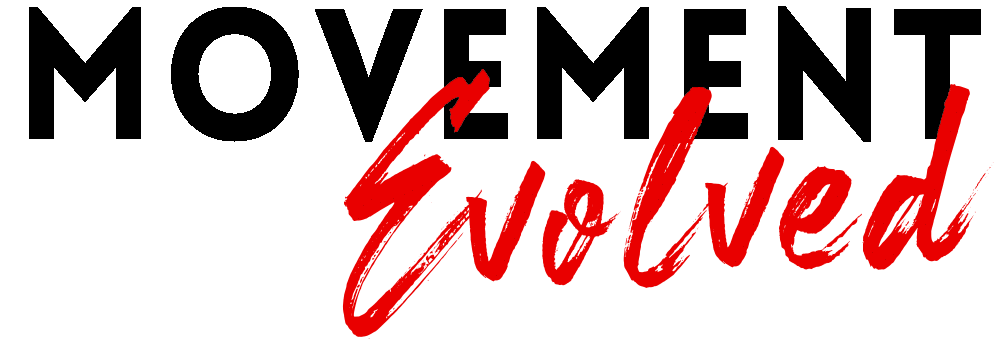How To Track Your Food Without Hating Every Second Of It?
There are countless stories of negative experiences with tracking/ logging food, and we get it – for many, it can be confusing, overwhelming, and lead to disordered thoughts around food.
So we want to give you a fresh start with tracking your food, so you can use it as a tool instead of it being the worst thing ever.
FIRST THINGS FIRST: Why Track Food In The First Place?
- To make sure you’re eating enough food.
- Develop an understanding of how different foods affect your body.
- Build consistency in eating enough, every day.
- Receive guidance on how to create balanced meals.
If you are looking to tracking to fix something; like going on a diet after a big weekend of eating or drinking more than usual, it may end up causing more disordered thoughts around food.
Tracking isn’t meant to be punishment or a way to solely restrict calories. Tracking gives you clear data, and that data can be helpful for a multitude of reasons.
Here are a few ways you can start to track your food & change that relationship with the process:
#1 Photo Food Log
Before you eat each meal, snap a photo of it. At the end of each day, you can go back and see the trends in the way you eat.
#2 Food & Mood Journal
- Keep a log or journal each day of:
- What you ate
- Any supplements/ medications
- Any water/ other beverages consumed
- How your digestion felt at that point
- Your mood before/ after eating
This can help you understand any digestion-related issues with food, like gas, bloating, constipation, diarrhoea, brain fog or even the dreaded HANGER.
#3 Macro-Tracking App
You can use apps like MyFitnessPal or Cronometer (just don’t pay attention to their recommended calorie targets – speak to a MOV.E Coach about establishing ‘Maintenance’ calories for that).
You’ll also want to scoop a food scale so that you can also start to understand portion sizes. This allows tracking to be a skill that you can use to eventually no longer need to track, and instead have the ability to guesstimate portion sizes based on your past experience weighing your food.
Remember that it’s all a process:
It will feel clunky at first (like starting anything new), and may require extra time and effort on the front end to develop the habit and skill.
But like anything else, the more you practice, the more it becomes part of your routine, and the less energy you expend focusing on it.
Also, weighing and measuring is not the be-all-end-all way of managing your nutrition.
Speak to MOV.E Coach today if you need help with your nutrition.


